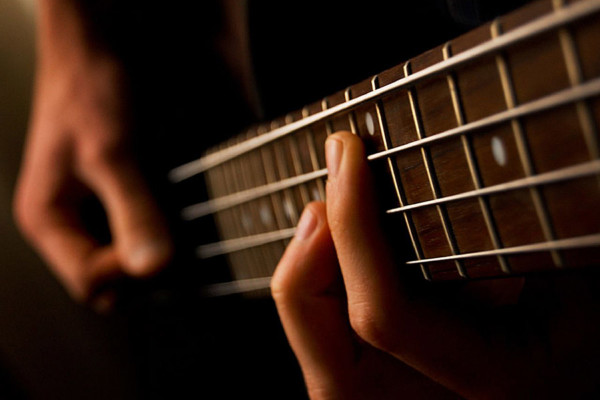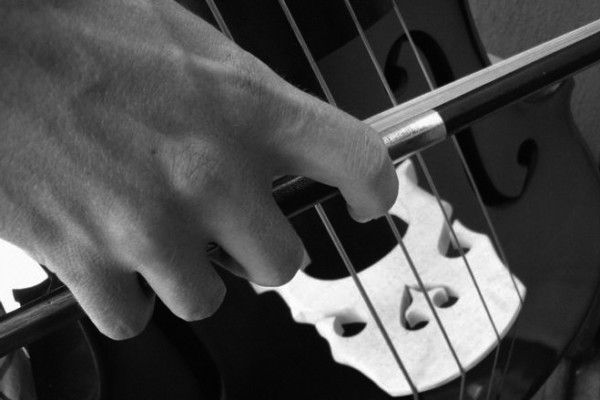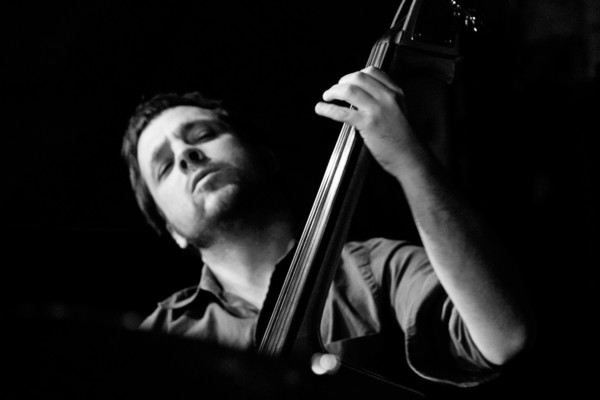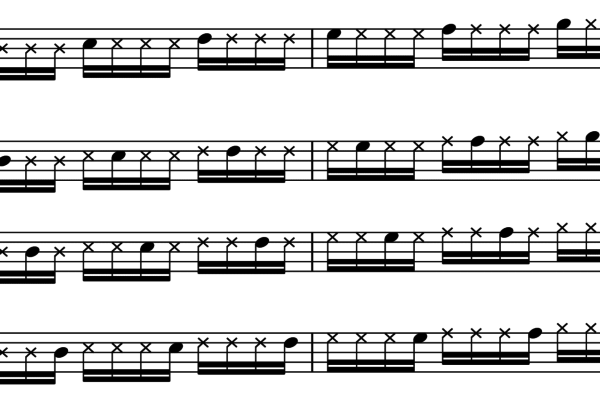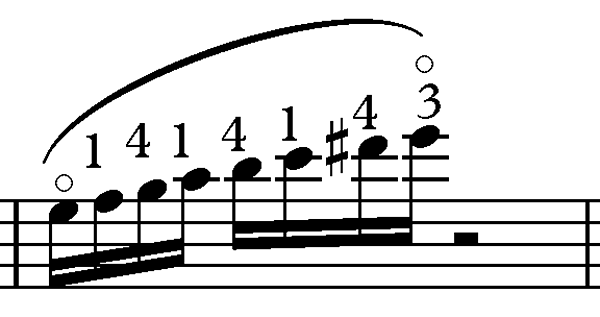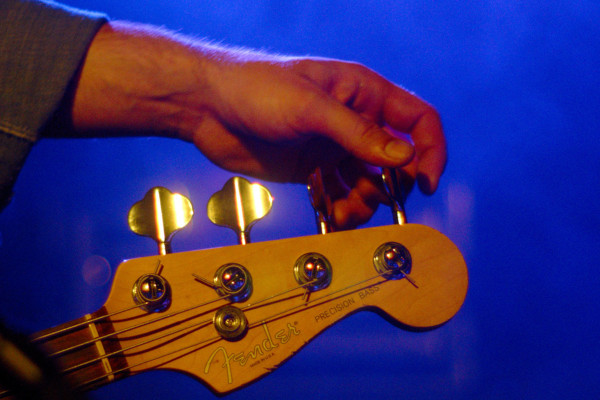Technique Archives - Page 8
Adding Some New School Playing to an Old School Bassist
Q: I’ve been playing a certain way or style (as in thump, pop or blues) for as long as I can remember. Today’s bass players tend to play a lot – it seems way busier. What do you recommend for an old school bassist who wants to update to today’s styles so it sticks? A: That is an interesting question...
Three Exercises for Releasing and Relaxing the Left Hand Thumb
Keeping the thumb of our left hand flexible is a key component in achieving an agile fingering hand. Ideally, any pressure exerted by the thumb against the neck should be minimal. Below are a few exercises that should help you keep your thumb relaxed and your left hand injury free. 1. Thumb independence Pick a note, pick a finger (perhaps...
Simple Exercise for Increased Bow Control on Bass
When using the bow, the natural tendency is to play louder at the frog and softer at the tip. We must, of course, counteract this predisposition on a regular basis. Simply playing a full bow with consistent timbre and volume requires it. Generally, we do this by adding pressure, via arm weight, to the bow as we move further from...
Fast Fretboard Position Shifting on Bass
Here’s a lesson I’d consider more beginner/intermediate-level, but it is a great refresher for all of us. Many times, we have to play a line which requires some quick shifting along the fretboard. Here’s a simple exercise for fast position shifts. Follow along with the video.
Beginning Exercise for Improving Left Hand Finger Independence
The four movements of the left hand fingers necessary for string playing (to paraphrase the great violin pedagogue Demetrius Constantine Dounis) are: Lifting: Raising a finger from the fingerboard/string Dropping: Lowering a finger/Pressing a string to the fingerboard Sliding: Moving a finger along the string so the pitch rises or lowers accordingly Holding: leaving a finger down on the string...
Seven Planes of the Bow Arm
If we are aiming for a consistent sound, the shape of our bow arm should be the same no matter which string, or combination of strings, we are playing on. To do this, we must raise or lower our arm, depending upon which string, or combination of strings, we are playing on. For example, while the shape of our bowing...
Challenges to Good Intonation in a Live Situation
Good intonation is a lifelong concern for every double bassist. We train our ears, we work constantly to match pitch, and we devote large sections of our individual practice sessions to improving it. Among other things, the sheer size of the instrument demands our constant attention to pitch. Sometimes though, even players who normally have impeccable intonation can have issues...
A Discussion on Slap Bass Tone and Technique
I get a an insurmountable number of emailed questions asking about slap tone and technique. While I have mentioned dozens of times in various columns that I never really explored the slap side of bass, I have fiddled with it enough, in addition to knowing quite a few fantastic slappers. I know how to get the tone, I just never...
Connecting Written Rhythms to Your Bass Playing
Q: I can read the notes on the staff and I can tell you if it’s a 16th note or a whole note, and yet, I can’t seem to play the rhythm. Any advice on fixing this? A: As I’ve said before, learning to read music fluently takes a lot of practice, just like learning to speak a new language....
Hal Leonard Publishes “Essential Bass Guitar Techniques…”
Don’t keep faking your way through songs. Learn how those great players created the sounds you love. Usually, it’s all about a technique — like Flea’s slapping, or Jaco Pastorius’ finger-style and harmonics. A new book aims to provide you with need-to-know techniques. is a 74-page book that’s accompanied by library of 86 audio tracks and examples available online when...
Grouping Multiple Notes Into a Single Action/Thought
When playing at slow speeds we can concentrate on our physical movements for every single note we play. However, this becomes impractical at high rates of speed. When playing at high speed it helps to group notes, and motions, together into a single action. The number of notes we can combine will depend on the requirements of the specific passage,...
Adjusting to Alternate Tunings on Bass
Q: As you may know, many bassists who play Urban Gospel music will detune their basses to a low B? or lower to achieve that extra low range. About a year ago, I decided to give detuning a try and detuned my 5-string bass to B?. It was strange at first, because I had to get used to the half-step...
